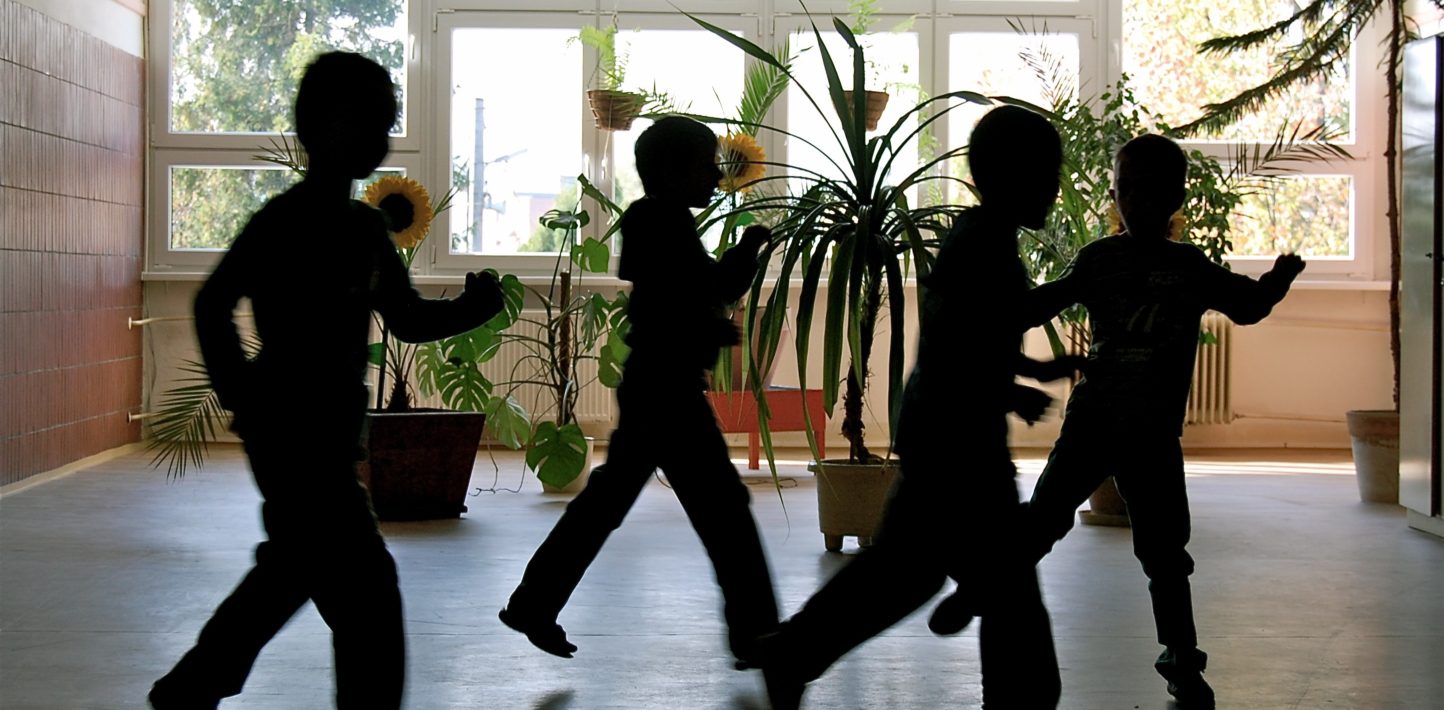By Kamila Gunisova, Researcher at Amnesty International Slovakia
Today, as we mark International Roma Day (8 April), Roma children in Slovakia remain at high risk of deepening segregation in education. In Slovakia, many Roma children are unlawfully placed in segregated schools and classes either in mainstream or special education.
Roma children disproportionally placed in special education, because of inappropriate or incorrect diagnosis, is further contributing to their segregation. The Slovak government uses EU funds for education, and which requires that schooling is desegregated and non-discriminatory. In December 2023, the European Commission brought Slovakia to the European Court of Justice for violating the Race Equality Directive, making it the first EU Member State to have been brought before the courts for this. This gives a very clear signal to Slovak authorities, that no child should be placed in segregated schooling.
Due to a lack of classroom capacity, in some schools, Roma children study only in the afternoons. The system of organizing separate classes for Roma children in the afternoons is referred to as the ‘two-shift operation’. The ‘two-shift operation’ is a manifestation of systemic racial discrimination of the Roma community. Around 48 schools in Slovakia operate this system, they are predominantly, or exclusively attended by Roma children. By the end of 2026, the ‘two-shift operation’ should be abolished in most of these schools, with funding provided from the Recovery and Resilience Plan, which is funded by the EU.
The elimination of two-shift schools is necessary and urgent, but…
EU funding is often allocated to improve educational infrastructure, increase the quality of teaching, or improve access to education for marginalized communities, including Roma. Such initiatives, while they may seem beneficial on the surface, do not address the root causes of discrimination, and may in fact, reinforce separation by improving the conditions of education that are already segregated. Amnesty International Slovakia, together with the Center for Human and Civil Rights has raised this concern with Slovak authorities and the European Commission. In the last six months, the Slovak Ministry of Education approved the funding to expand school infrastructure in areas with a high concentration of Roma people.
On the surface, this investment appears to directly address the problem of missing capacity in schools and create a more conducive physical environment for Roma children. For example, some of the children, for the first time, could attend a school with a canteen or a gym. However, if these improvements focus exclusively on schools already segregated, the result may be a more comfortable segregation for the children, rather than non-discrimination in education. Even worse, improved facilities may signal, to both Roma and non-Roma communities, that segregated education is not only acceptable, but also institutionally reinforced and invested in.
A decision of the Supreme Court of the Slovak Republic, ruled that the education of Roma children in an ethnically homogeneous school in the proximity of disadvantaged Roma communities, constitutes discrimination on the basis of ethnicity. The government’s argument that demographic trends or higher concentrations of Roma in certain regions naturally leads to the segregation of Roma children, makes a poor argument to avoid desegregation and diversity. Such an approach protects systemic problems of racial discrimination and societal neglect. Notably, it also fundamentally ignores the active role of politicians, their decisions, and policies.
The way forward
Amnesty International Slovakia analysed open-source data showed that half of the schools in the ‘two-shift operation’ are planning to expand their overcrowded capacities, with a high risk of maintaining or expanding segregation. Not one of these plans intended to desegregate, or at least guarantee against segregation. This misuse of EU funds is not only a financial discrepancy, but also a manifestation of increasing the risk of human rights violations against Roma children.
Addressing the segregation of Roma children in education requires moving away from the reductionist arguments of demographic trends or a lack of infrastructure – there is no quick fix to the issue. The solution is to desegregate schools, provide targeted support and resources, and enforce anti-discrimination measures. The authorities must tackle segregation in education, otherwise the state risks being found to be in violation of racial discrimination by the European Court of Justice.
The Slovak government and the European Commission need to take all the necessary steps to ensure education is an equalizer for Roma children, rather than discriminatory. Eliminating the ‘two-shift operation’ is more than just an administrative task to be checked off. It is essential to ensure that education is emancipatory, dignified, and equal. Desegregation plans, including in areas of housing and education, must be developed and implemented in line with the national jurisprudence, EU law and international human rights standards.


